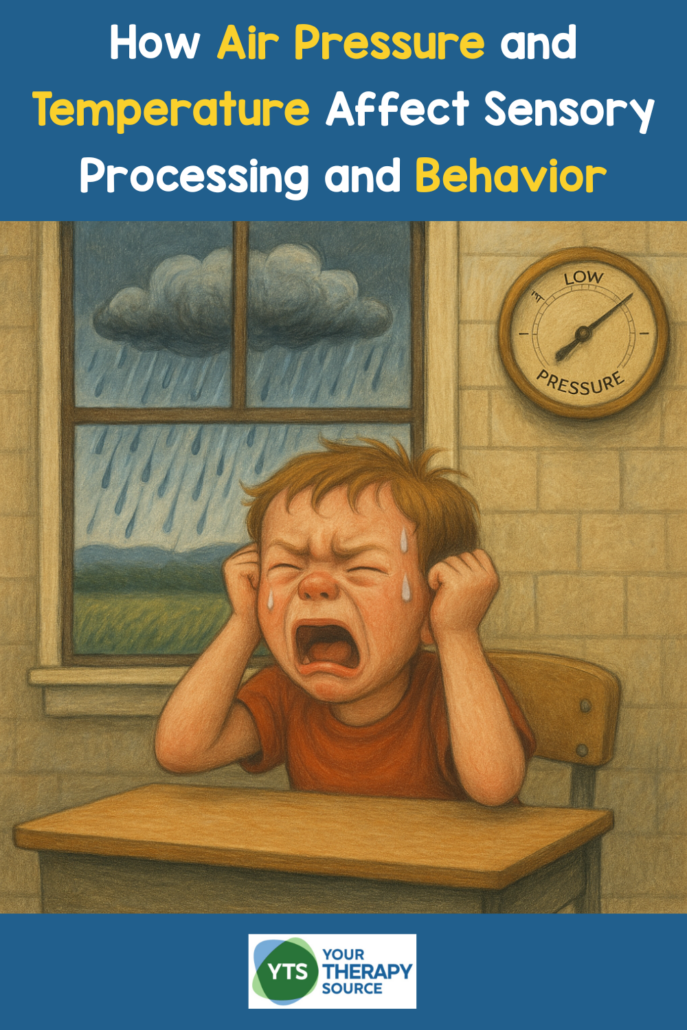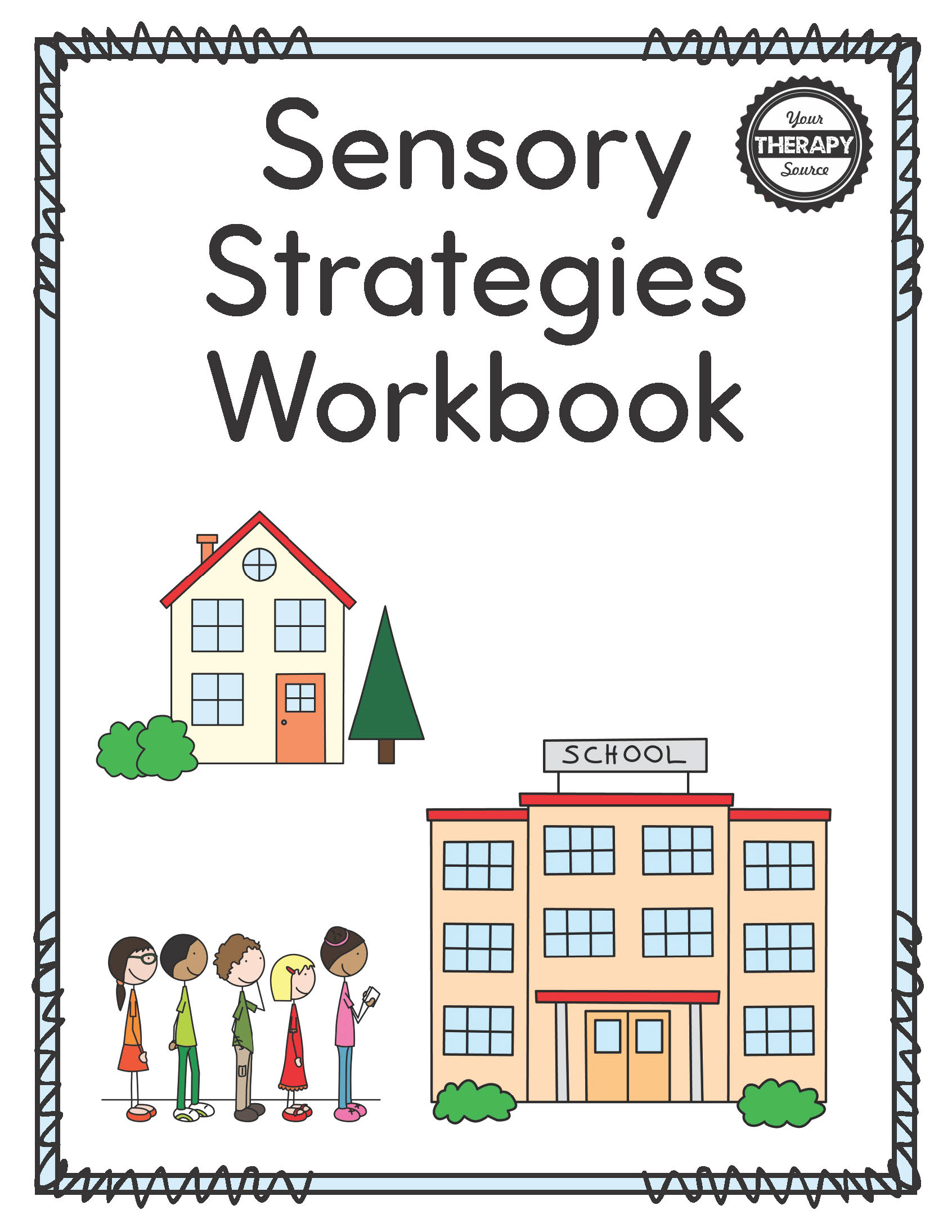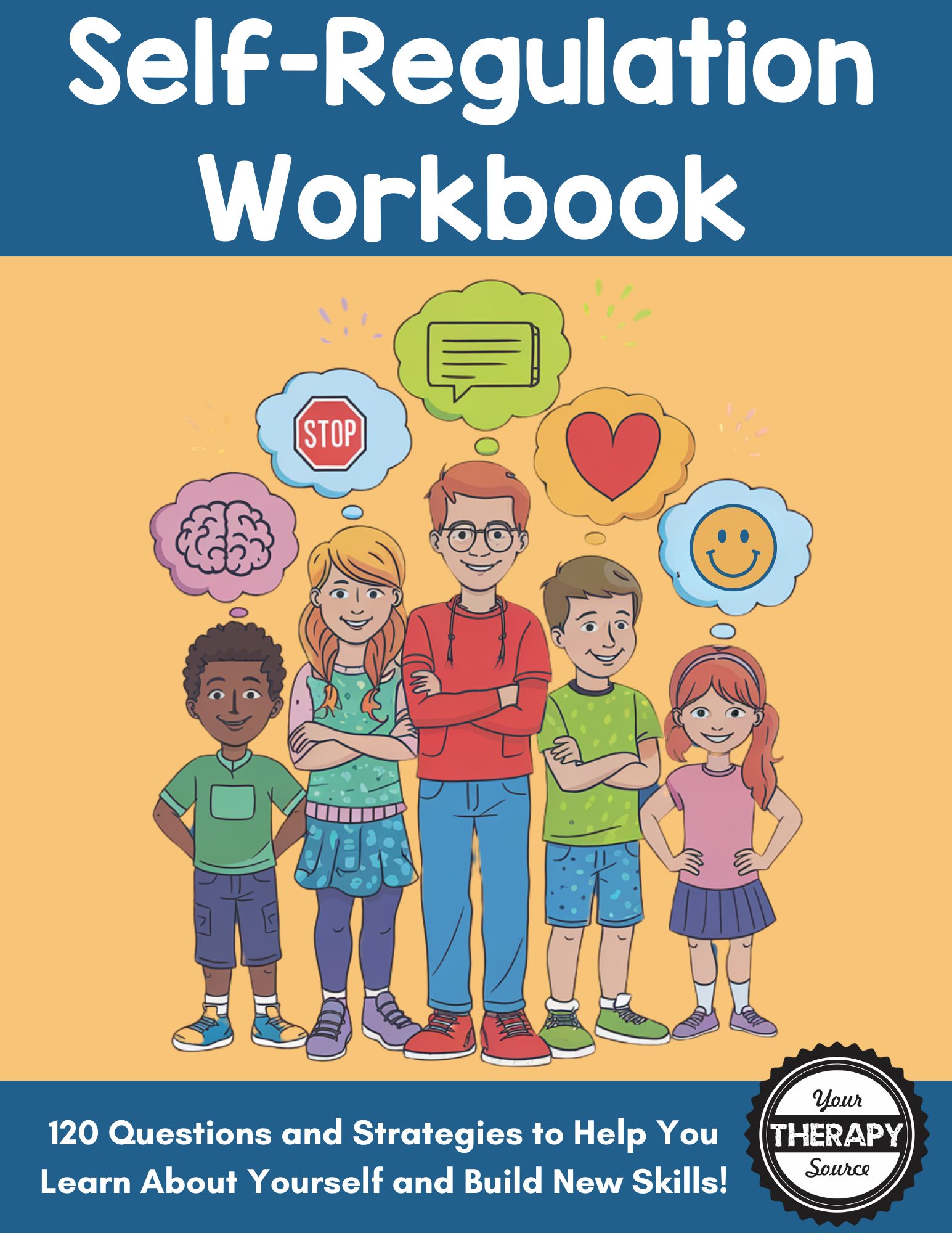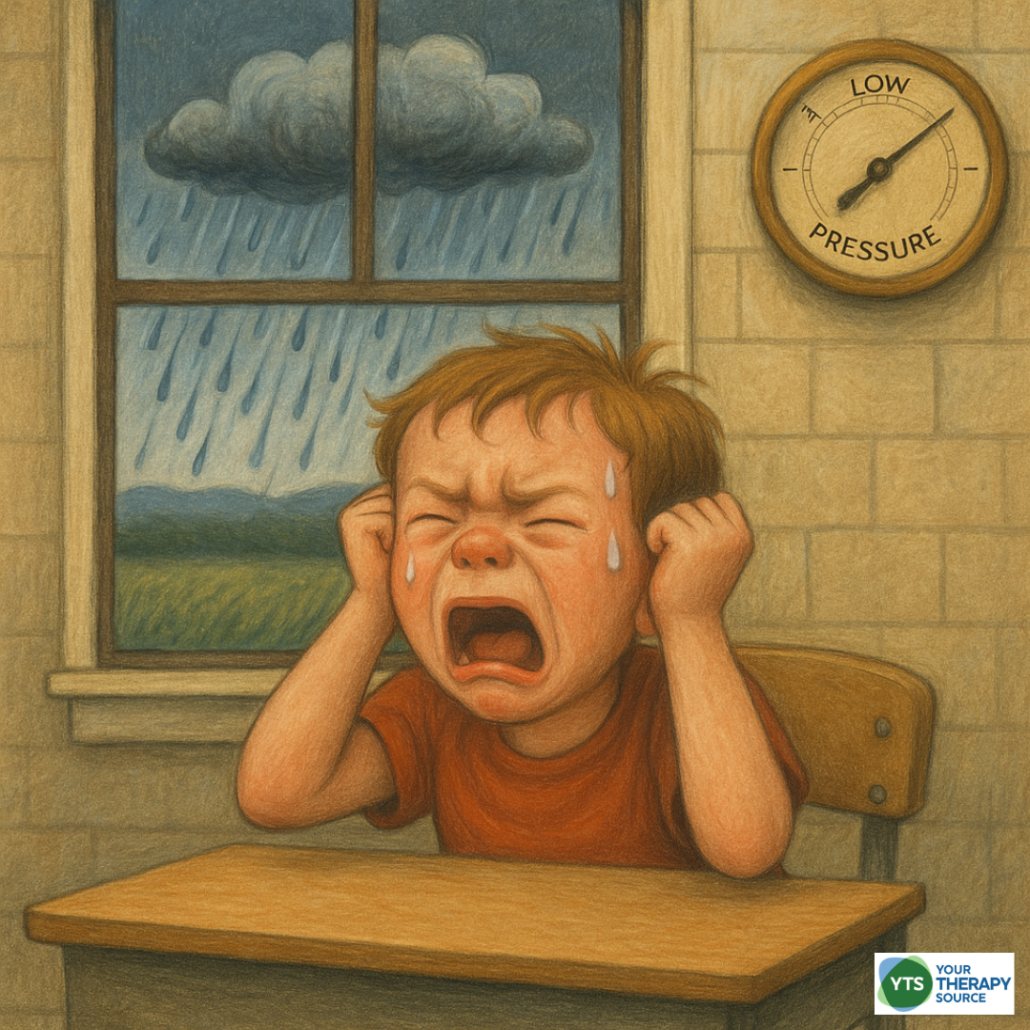How are Temperature, Air Pressure and Sensory Processing Related?
Environmental changes like air pressure and temperature shifts are a part of everyday life. But for individuals with sensory processing differences, including many children, these shifts can influence how their body feels, how they behave, and how they function in school and at home. Understanding temperature, air pressure and sensory processing can help caregivers, educators, and therapists modify environments and provide the right supports. Learn more about how air pressure and temperature interact with sensory processing, behavior, and body awareness and offers practical strategies for support.

How Air Pressure and Temperature Are Connected
Air pressure and temperature often change together. When air warms up, it rises and expands, causing pressure near the ground to drop. When air cools, it becomes denser and sinks, creating higher pressure. This is why weather systems that bring heat waves or storms also tend to bring changes in air pressure.
Low-pressure systems often bring cloudy skies, wind, and humidity. High-pressure systems are more likely to bring calm, clear weather. These shifts can affect how we feel and behave, particularly for those with sensory processing challenges.
How Air Pressure Affects the Body and Behavior
Air pressure changes can impact the inner ear and vestibular system, which influence balance, hearing, and spatial orientation. Children are especially sensitive to these changes because their eustachian tubes are smaller and may not equalize pressure as effectively.
Some children may experience ear fullness, dizziness, or difficulty concentrating during changes in air pressure. Others may become more irritable or restless before storms or during periods of low pressure. In contrast, high-pressure days tend to be associated with improved mood and better engagement, particularly for children with sensory or developmental differences.
Support strategies may include:
- Teaching children how to relieve ear pressure by yawning or swallowing
- Using visuals or short explanations to prepare for upcoming travel or weather changes
- Offering quiet, calming sensory tools such as weighted items, soft lighting, or movement cushions
- Keeping routines consistent even during weather changes to reduce unpredictability

Sensory Strategies Workbook
How Temperature Influences Sensory Processing
Temperature can influence both physical comfort and emotional regulation. For individuals with sensory sensitivities, discomfort from heat or cold may lead to dysregulation, fatigue, or behavioral challenges.
In hot environments, children may have difficulty focusing or sleeping. High heat is associated with increased irritability and even aggression in some cases. Children who have difficulty with interoception may not realize when they are overheating, which can become a health concern.
In cold environments, some children may resist wearing certain types of clothing due to texture or sensory preferences. Others may not recognize when they are too cold, placing them at risk. Cold can also reduce tactile sensitivity and make fine motor tasks more difficult.
Strategies to support comfort during temperature changes include:
- Offering access to fans, cool cloths, or shaded areas during hot weather
- Providing warming tools like gloves, heated rice packs, or soft blankets during cold weather
- Using visual supports that show children when to add or remove clothing
- Encouraging body check-ins: “Do you feel too hot, too cold, or just right?”

Self Regulation Workbook – Learn About Yourself
When Weather Triggers Fear or Sensory Overload
For some children, weather changes are not just uncomfortable, they are frightening. Fear of storms, or astraphobia, is common among children, especially those with sensory sensitivities. Thunder, lightning, strong winds, and dark skies can all be overwhelming and unpredictable.
Some children may scream, hide, or show signs of distress during storms. These reactions may be due to fear, sensory overload, or both. Recognizing this helps caregivers respond with empathy and preparation.
Support strategies may include:
- Creating a “storm plan” so children know what to expect and where to go
- Using visual schedules or social stories to explain storms in a reassuring way
- Offering sensory tools like noise-canceling headphones or weighted blankets
- Practicing calming routines ahead of time such as breathing exercises or mindfulness
- Providing reassurance and emotional validation during storms
Understanding Proprioception and Interoception in These Conditions
When it comes to air pressure and sensory processing it does not directly affect proprioception, which is the sense of body position and movement. However, when air pressure causes vestibular discomfort or dizziness, it can indirectly influence how stable or grounded a person feels.
Interoception is more directly affected. Children with interoception challenges may have difficulty recognizing when they are too hot, too cold, or feeling unwell. This makes it harder for them to respond appropriately to environmental changes and increases the need for supportive teaching.
Strategies to assist with interoception include:
- Using daily visual check-ins with temperature or body-feeling charts
- Practicing language around body states: “My hands feel sweaty,” or “My feet are cold”
- Helping children connect feelings to actions: “If I feel hot, I can get water or sit in the shade”
- Incorporating mindfulness, breathing exercises, or yoga to build body awareness
Supporting Children with Autism or Sensory Processing Disorder
Children with autism or sensory processing disorder may be more reactive to environmental changes than their peers. Sudden changes in pressure or temperature can cause distress, sensory overload, or shutdown.
Caregivers and professionals can support regulation by:
- Keeping indoor environments consistent in temperature and lighting
- Using preparation tools like visual schedules or timers
- Offering sensory-friendly spaces or calming routines during weather transitions
- Allowing flexibility and focusing on emotional safety before expectations
More Helpful Information Beyond Air Pressure and Sensory Regulation
For additional strategies and printable tools related to sensory regulation and interoception, explore these helpful resources from YourTherapySource:
- What is Interoception?
Learn how internal body awareness affects behavior, mood, and responses to sensory input like temperature and pressure. - Proprioception and Emotional Regulation – What Does the Research Say?
Discover how body-based sensory input supports emotional stability during environmental changes. - Interoception Awareness: Understanding Body Language to Support Self-Regulation
Explore strategies to help children interpret and respond to their internal sensory cues. - Sensory Breaks – Free Printable
Access 50 easy sensory break ideas to support regulation when children are overstimulated or uncomfortable. - OT IEP Goals for Sensory Processing for Functional Outcomes
Find guidance on writing effective IEP goals for children whose sensory challenges are influenced by environmental conditions.
Key Points about Temperature, Air Pressure and Sensory Processing
- Air pressure and temperature shifts may influence sensory regulation, balance, and mood.
- Children with sensory differences may be more reactive to environmental changes.
- Low-pressure and high-heat days are linked to increased irritability and decreased attention.
- Environmental supports and interoception-building strategies can help children feel more comfortable and in control.
- Preparation, consistency, and responsive care are key to helping children thrive through all types of weather.
References for this Article on Temperature, Air Pressure and Sensory Processing
Bolton, D., Elton, D., & Butler, H. (2020). Daily weather changes and autistic adults: An exploratory study. Weather, Climate, and Society, 12(4), 769–781. https://doi.org/10.1175/WCAS-D-19-0100.1
Curran, L. K., Newschaffer, C. J., & Shih, R. A. (2007). Behaviors associated with fever in children with autism spectrum disorders. Pediatrics, 120(6), e1386–e1392. https://doi.org/10.1542/peds.2007-1273
Francescon, S., & Goodman, J. (2023). Alternobaric vertigo. In StatPearls. StatPearls Publishing.
Herbuela, K. J., Kampel, L., & Boyd, R. (2024). Weather conditions and engagement in children with profound intellectual and multiple disabilities. Frontiers in Psychiatry, 15, 1189332. https://doi.org/10.3389/fpsyt.2024.1189332
Rossignol, D. A., & Rossignol, L. W. (2012). Hyperbaric oxygen therapy may improve symptoms in autistic children. BMC Pediatrics, 12, 78. https://doi.org/10.1186/1471-2431-12-78
Sachdeva, A., Kumar, R., & Tiwari, R. (2021). Audiological profile of individuals posted at high altitudes. Medical Journal Armed Forces India, 77(2), 197–202. https://doi.org/10.1016/j.mjafi.2020.07.015
VanBuskirk, S., & Simpson, R. L. (2013). Correlation of meteorological variables and challenging behavior in children with autism spectrum disorder. Focus on Autism and Other Developmental Disabilities, 28(4), 203–209. https://doi.org/10.1177/1088357612462224



